Yunnan’s cultural districts: Where history meets modernity
The cultural districts and streets are vital components of a city’s heritages, preserving irreplaceable historical legacies.
What makes the districts and streets unique? Let’s step into a few Yunnan districts and streets to discover the cultures nurtured over the centuries. And you may also see the beauty of history intertwined with modernity.

Dayan district of Lijiang old town
As one of Yunnan’s iconic landmarks, Lijiang Ancient Town is renowned for its distinctive Naxi ethnic culture and well-preserved ancient architecture. Strolling along its cobblestone streets, visitors feel like traveling through time, greeted by an aura of ancient mystery.
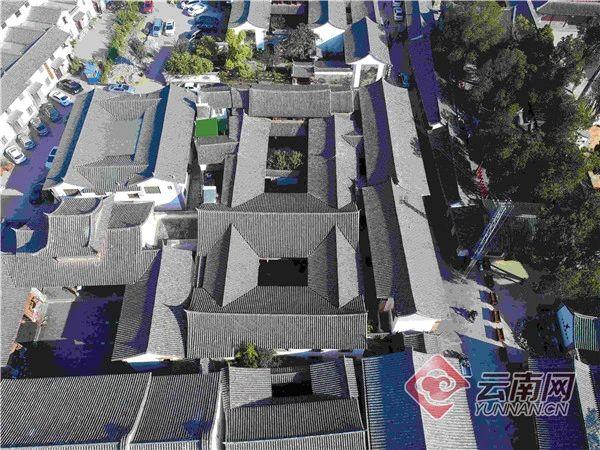
Old district of Shiping county
Shiping in south Yunnan is celebrated as the “Land of Literary Excellence” and the “Hometown of the Top Scholar”. In 2015, Shiping old district was listed among the first batch of “Chinese Historic and Cultural Districts”.
Famous for its century-old tradition of crafting tofu with natural well water, Shiping is hailed as the “Tofu Capital”, “Land of Bayberries”, and “Cradle of China’s Indigenous Folk Dances”.
The district boasts 192 well-preserved ancient residences and mansions, showcasing the ancient architectural styles of central China. It is often called the “Museum of Southern Yunnan’s Ming-Qing Folk Architecture”.

Nanqiang street of Kunming
In spring city Kunming, Nanqiang street carries forward the centuries-old legacy of the historic "Yunnan-Ferry Night Market," shining as a radiant pearl in the city's heart. Here, the district not only preserves the architectural charm and cultural essence of its past but also blends the buzz of modern commerce.
Visitors can savor authentic Yunnan cuisine, enjoy locally written and performed dramas, and immerse themselves into the fusion of history and contemporary life.
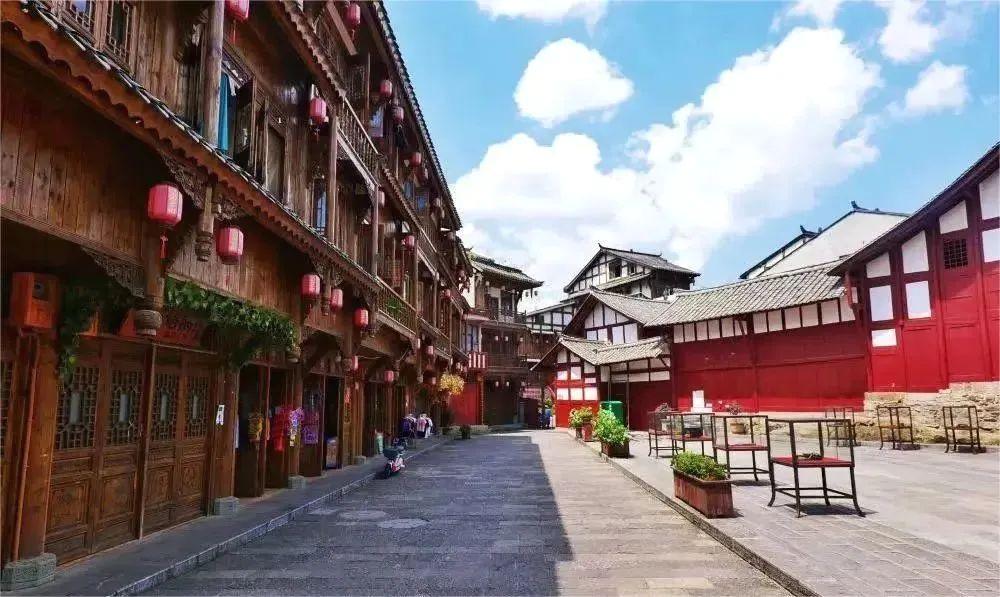
Zhaxi old street of Weixin county
Located in the northeastern part of Weixin’s urban center, Zhaxi Old Street boasts over 160 years of history. Through government-led revitalization, this ancient area has been rejuvenated with new vitality.
Today, the old street features red-themed cultural displays, culinary and tourism product exhibitions, red-inspired guesthouses and bars, and exhibitions of historical revolutionary artifacts. The displays and exhibitions made Zhaxi Old Street a magnet for travelers.
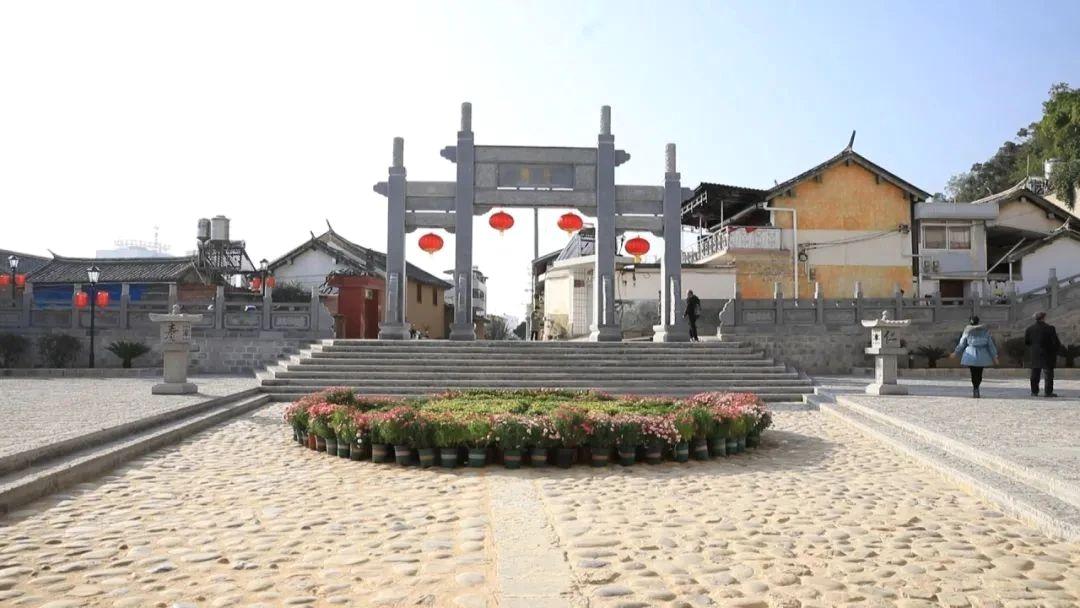
Renshou-gate district of Baoshan city
Renshou Gate, the sole surviving gate of the ancient Yongchang Prefecture’s eight city gates, stands as a historical relic in Baoshan. The existing city-wall relics start at the gate, stretching 2,243 meters.
The relics are part of the fortifications of Yongchang. This district not only preserves historical memories but also bears witness to Baoshan’s rise and fall across dynasties.
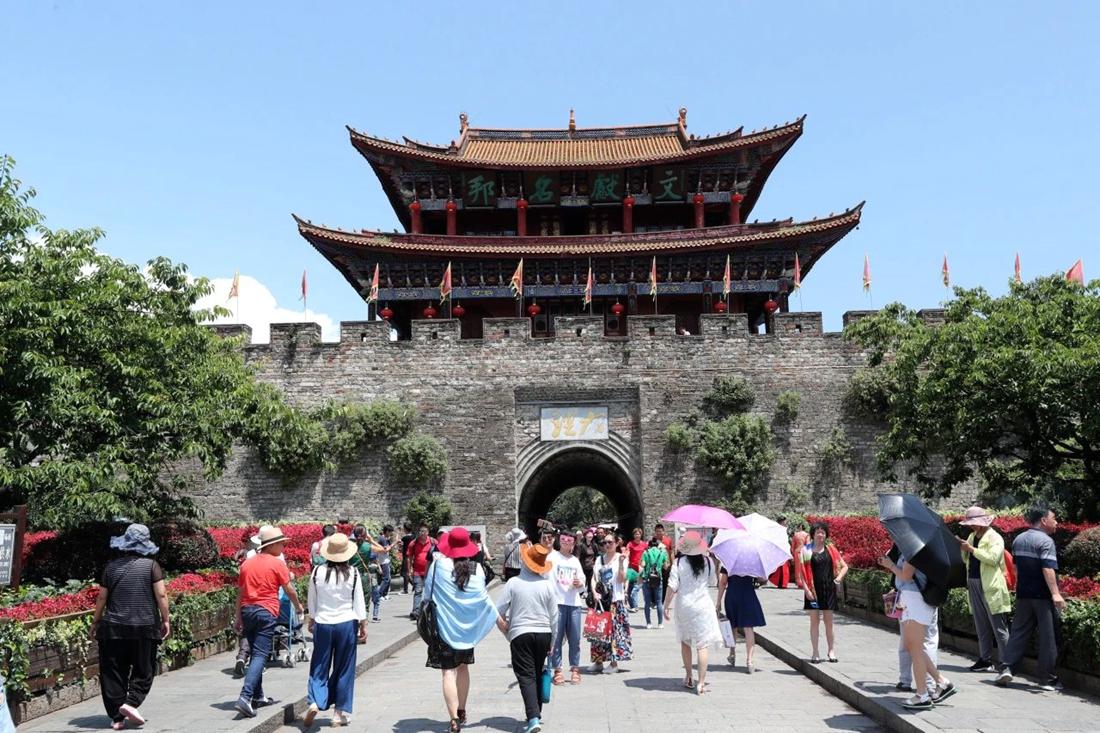
Old-town district of Dali
The Dali Old Town, a millennium-old capital that flourished during the Tang and Song dynasties and established itself as a political center across six dynasties, encapsulates over 1,400 years of Yunnan’s history.
Today, the old town still stands grandly, together with its sturdy walls and towering gates. Within the old town, five main streets and eight alleys crisscross, forming a chessboard-like layout.
Not only does the town hold a rich historical and cultural legacy, but it has also become a major tourist destination, attracting countless visitors.
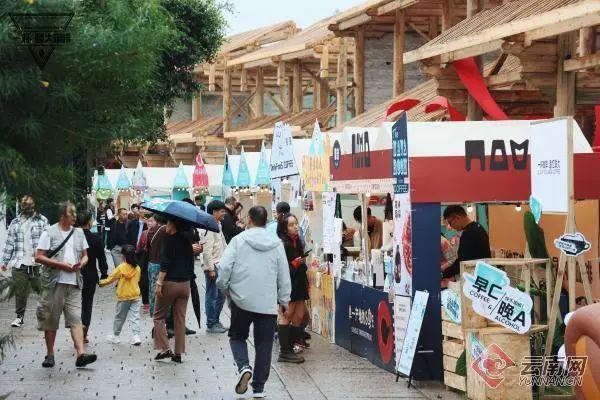
East street of Mengzi city
Mengzi’s East Street, famed for its tranquil rhythm of everyday life, offers a 600-meter-long sanctuary where locals unwind amid the city’s bustle.
Besides the old districts and streets above, Yunnan has more cultural towns, villages and blocks awaiting your exploration. Why not come to enjoy the many-splendored Yunnan life.
Producing by YICC